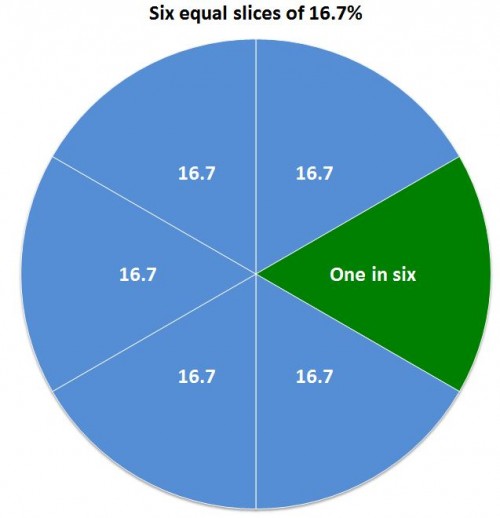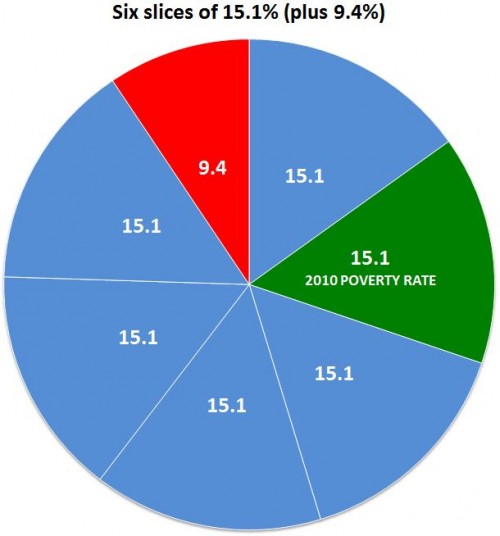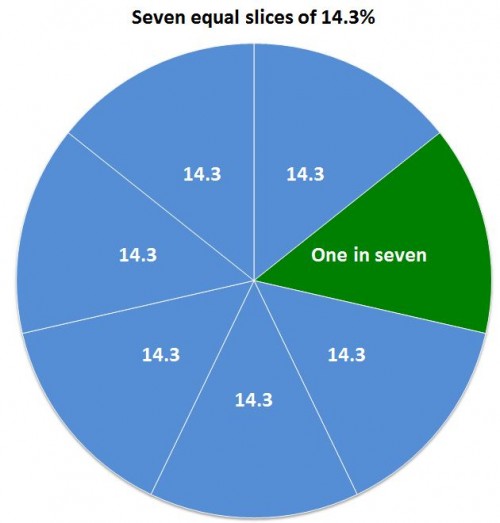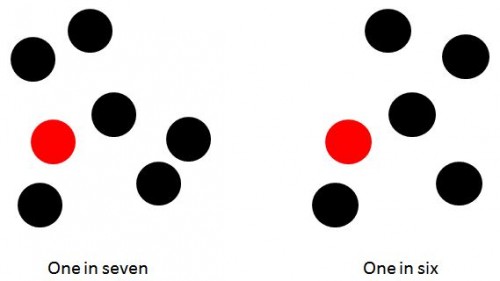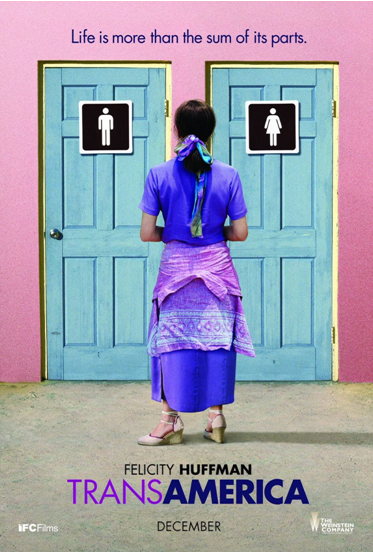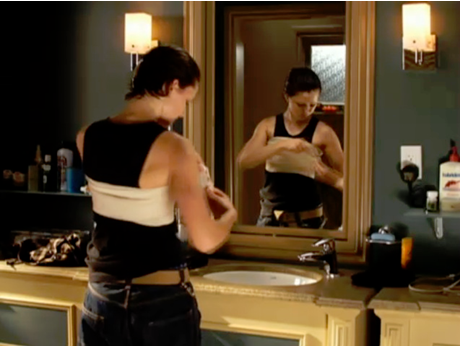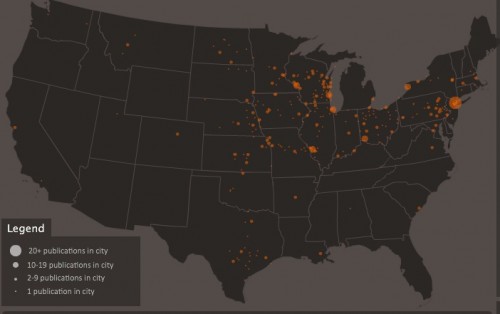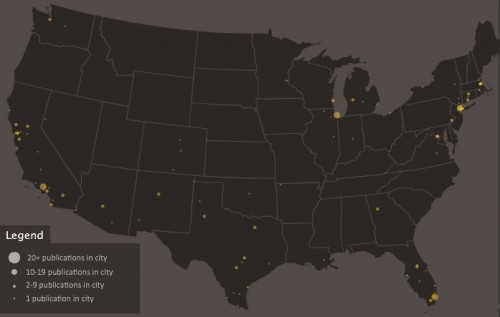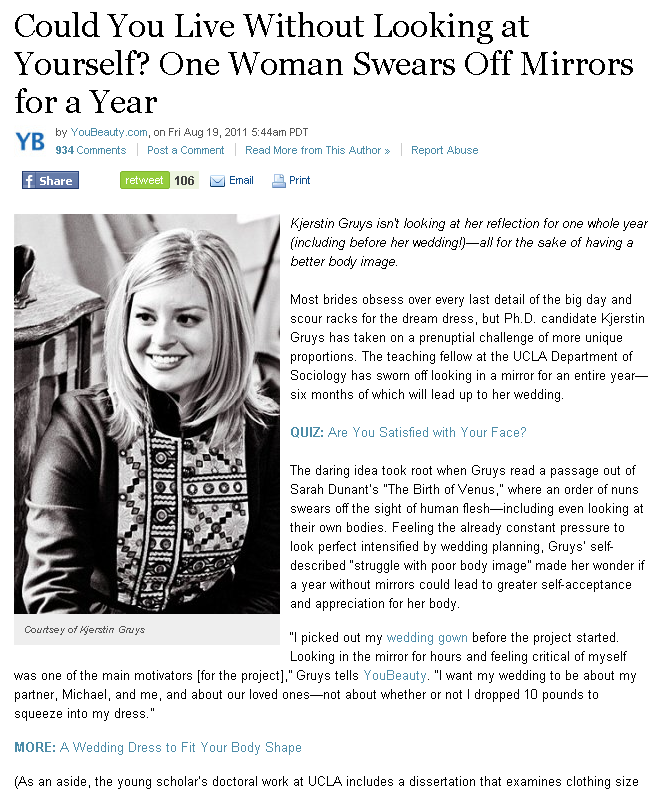In this ten-minute video, Feminist Frequency‘s Anita Sarkeesian does a great job of discussing the problem with “straw feminists,” overtly feminist characters who are made to look bitchy, ridiculous, or just plain wrong… even when they’re describing forms of gender inequality that really exist. More, they’re used to suggest that feminism places men and women in opposition when, in fact, gendered expectations and institutions are oppressive to men as well.
By demonizing these characters, Sarkeesian concludes, the straw feminist leads real women to disassociate from feminism, even when they believe in the equal rights of men and women.
Transcript after the jump:


